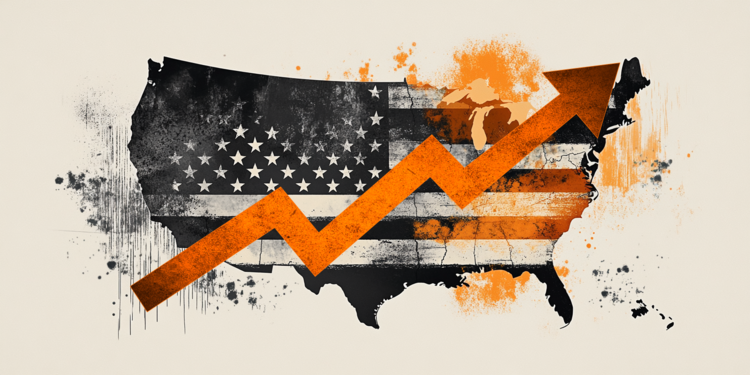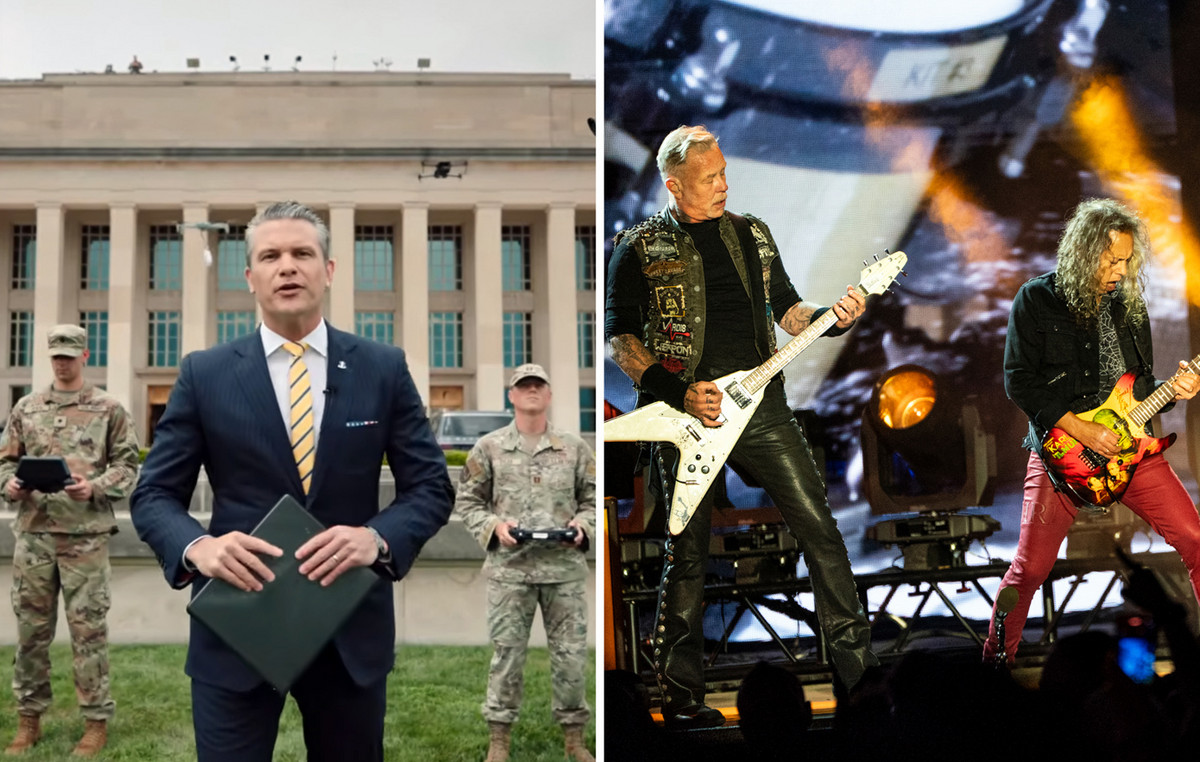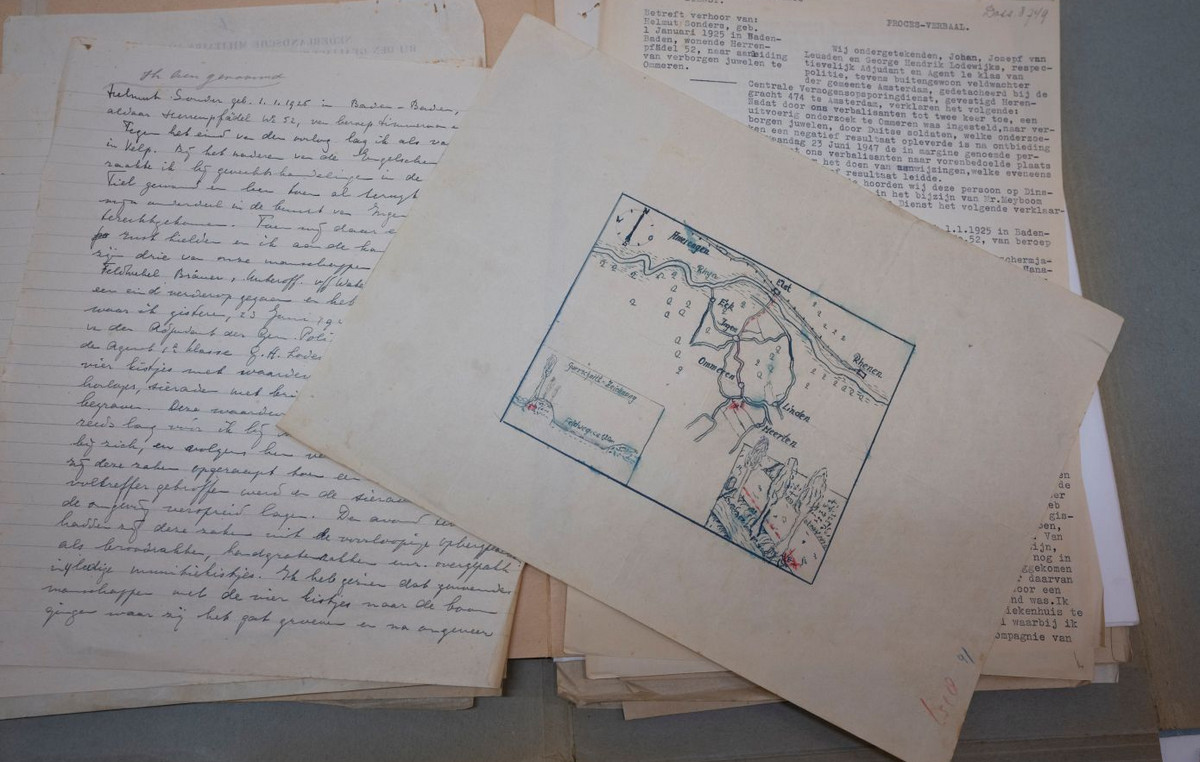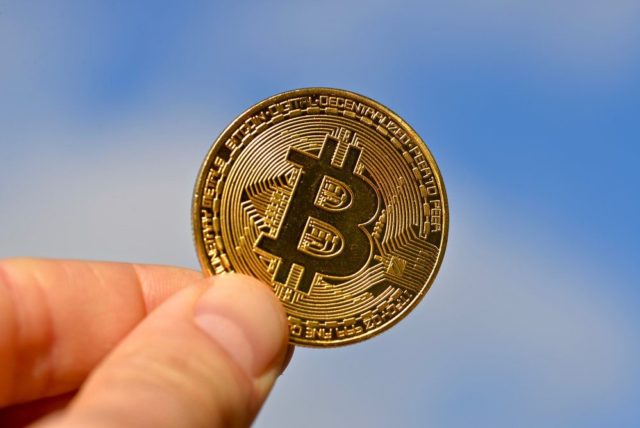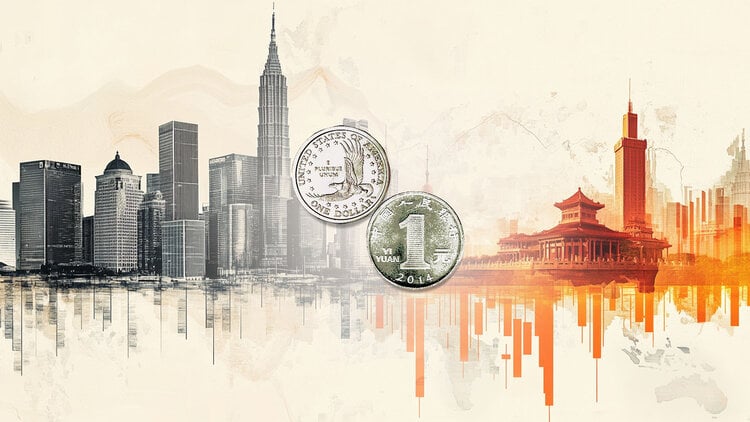This week, Cruise, which has General Motors as its largest shareholder, became the first robot taxi operator to recall its vehicles, following an accident in June involving “major” damage and minor injuries to passengers.
The accident occurred after the robot taxi Cruise making a left turn stopped at the intersection, thinking an oncoming vehicle would turn in front of him.
But the oncoming vehicle drove in a straight line, hitting the Cruise vehicle. Both the San Francisco police department and the National Highway Traffic Safety Administration have launched investigations.
Cruise said the oncoming vehicle drove in the right turn lane and was traveling at “approximately 65 km/h” in a 40 km/h lane before exiting the lane and moving forward. Cruise acknowledged in his recall order that his robot taxi was not “reactive enough”.
Cruise spokeswoman Hannah Lindow declined to say what the Cruise vehicle could have done differently and declined to release video of the accident.
However, Cruise said in a statement that it made the recall “in the interests of transparency to the public.”
Cruise said in a document that it has already issued a recall with a software update that it says improves the car’s ability to predict what other vehicles will do, including in conditions similar to the accident.
Tesla, arguably a long-term competitor to Cruise, has been criticized in the past for making software updates to its vehicles, though it didn’t always issue a recall. NHTSA has been more proactive on recalls lately and Tesla issued four recalls in a 12-day period earlier this year.
Software updates like the ones Cruise has made, often called “over-the-air updates,” are generally not as financially burdensome to companies as traditional recalls, because there are no costs for physical parts and labor to install them.
“Automated driving developers are constantly reviewing their software, including to address potential safety issues,” said Bryant Walker Smith, a professor at the University of South Carolina’s law school who researches autonomous vehicles. CNN Business . “It is to the company’s credit that they treated this specific safety-relevant update as a recall under federal law.”
Cruise continued to operate his robot-taxi service in San Francisco after the accident. But at some point after the accident, which Cruise did not disclose, it disabled its vehicles’ ability to make unprotected left turns and reduced the area where its robot-taxis operated.
Cruise has gradually reintroduced unprotected left turns since the July 6 software update. An unprotected left turn is a turn where there is no left turn sign that indicates when the opportunity for vehicles to go is.
Unprotected left turns are generally considered to be one of the most challenging things a fully autonomous vehicle accomplishes. Waymo’s robot taxis in Arizona, for example, sometimes avoid these turns to help minimize risk.
Cruise became the second company to offer a fully autonomous ride-sharing service when it launched in San Francisco in February, but only overnight. The collision that led to the recall occurred at 11 pm, according to Cruise’s report filed with the California Department of Motor Vehicles.
Cruise’s robot taxi delighted some passengers, but it also had flaws, including technical glitches and glitches like blocking a fire truck responding to a multi-alarm fire in April, according to the San Francisco Fire Department. Photos also emerged of a group of cruisers blocking lanes on a San Francisco street.
Developing and operating robot taxis is extremely difficult and expensive. Cruise has added shareholders in addition to GM, including Honda, Microsoft and Walmart. Cruise lost $500 million in the second quarter of this year, according to GM financial documents.
GM CEO Mary Barra said last month that the robot-taxis market would likely be multi-billion dollars once robotaxis rides were available for $1 a mile, cheaper than Uber and Lyft. driven by humans, which usually cost several dollars per mile and sometimes more.
“It’s going to be a big part of how we move from point A to point B because it’s safer,” Barra told Fox Business.
NHTSA does not have performance standards for fully autonomous vehicles like the Cruise, but has said it will make recalls as needed.
Source: CNN Brasil
I am Sophia william, author of World Stock Market. I have a degree in journalism from the University of Missouri and I have worked as a reporter for several news websites. I have a passion for writing and informing people about the latest news and events happening in the world. I strive to be accurate and unbiased in my reporting, and I hope to provide readers with valuable information that they can use to make informed decisions.

